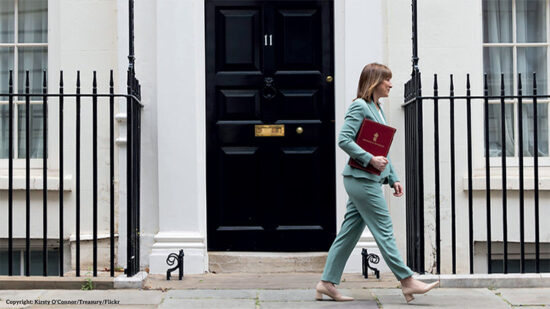Sterling
The Pound hit a 4 ½ month high of $1.6063 last Monday and scaled a 13-month peak versus a trade-weighted basket of currencies after surprisingly upbeat manufacturing data suggested the UK could avoid slipping into recession before a resurgent dollar reclaimed lost ground while GBP/EUR managed to push on towards the 2012 highs.
The markets demonstrated their erratic nature last week, and showed that the problems in Europe are by no means over. Sovereign issues are still a big focus, and while the UK is not directly involved, it will doubtless be affected. The sharp move back into the US dollar in mid week was a knee jerk reaction and should gradually unfold during the next week. We see Sterling edging up through $1.6000 again this week, and a test of the January highs of €1.2160 against the euro can only be a matter of time. A break of this level could see a move up to August 2010 highs of €1.2270
US Dollar
The Dollar has had a rollercoaster week, falling sharply against sterling and the euro first thing, but making a big comeback by the Easter break. The early week data releases didn’t help the currency, but with the release of the FOMC minutes and sovereign issues coming back to haunt Europe, the mood quickly changed as investors pressed the risk aversion button again.
We feel that the dollar will continue to remain steady versus the euro, and sub $1.3000 prices may be seen next week; however, sterling still looks a good bet and the should retrace back above $1.6000 in the near future.
Euro
A volatile week for the euro, showing renewed strength on Monday against both USD and sterling, but falling sharply by last Thursday to retest lows against the dollar and pound. Sentiment is still very fragile and it doesn’t take much to snuff out any fledgling rally. Data releases were not helpful, and continue to show the euro land economies will not be booming any time soon.
There are no major data releases this week, but Sovereign issues seem to have reared their ugly head again. GBP/EUR has already touched €1.2100 and could push on further this week as the UK economy continues to show to signs of a recovery. We look for €1.2160 and a longer term level of €1.2275.
EUR/USD looks likely to fall towards support around $1.2950/$1.3005 which may provide some respite. Should that level break a fresh move towards the $1.2590/$1.2620 region, particularly if sovereign debt worries persist.
Canadian Dollar
Moves in Sterling versus Canadian Dollar mirrored moves in GBP/USD over last week and the Canadian dollar continues to remain very stable against its neighbour. There were very few data releases during the week so nothing for the market to get its teeth into bar today’s jobs report.
Overall the data from Canada has been positive in the past 2 weeks and the economy is moving in the right direction. However the Central Bank will not want to see the currency appreciate any further, so a level just around parity should persist for now versus the USD, with GBP/CAD tracking the pound’s moves versus the USD. We would look for higher levels through the week although a retest of C$1.5900 resistance may not prove too far following today’s positive data.
Chinese Yuan
The yuan weakened back above 6.3000 versus the US dollar after a quiet week affected by Chinese bank holidays last Monday, Tuesday and Wednesday, the main news being a slightly more upbeat manufacturing survey and an expansion of the amount foreign investors can pump into its capital markets as China looks to further open its economy.
Last week’s push back above 6.3000 would appear to rule out further appreciation in the coming days, particularly as the EUR/USD rate falls back towards $1.3000, so it looks like more of the same in the coming week.
Japanese Yen
The Yen ended last week in good shape against both the USD and sterling, despite the Bank of Japan’s Tankan report showing that business sentiment has failed to improve in the 1st quarter. With sentiment in Europe remaining weak, the yen became a safe haven currency again and ended the week in good shape.
Japan continues to suffer from the strong yen, and while the economy is not in great shape and interest rates continue to be near zero, it is perceived as a safe haven currency. Until the other major world economies start to show some strength the Yen will always be in demand. Would look for moves below 81.00 versus the Dollar and sub 129.00 against Sterling
South African Rand
After a firm start to last week the rand fell by the close on Thursday to register its worst levels against sterling since January. It also fell against the USD after the US Federal Open Market Committee (FOMC) minutes last Tuesday indicated that chances were slim for any further Quantitative Easing and Europe’s debt woes resurfaced.
The rand’s fall is not really that surprising when you consider that the currency had risen over 5% this year against the USD, its best first quarter since 2004. It was due a reversal at some stage and this consolidation should do it no harm in the longer run. Being a commodity based currency, its fortunes will be linked to China and the other BRIC countries. However there is no reason to believe there will be a long term slowdown in their growth so would expect the Rand to reassert itself in the short term and would look for the R12.20 area to be seen again soon.
For more currency information and the latest currency performance data please visit the International Adviser Currency Zone powered by Moneycorp.








